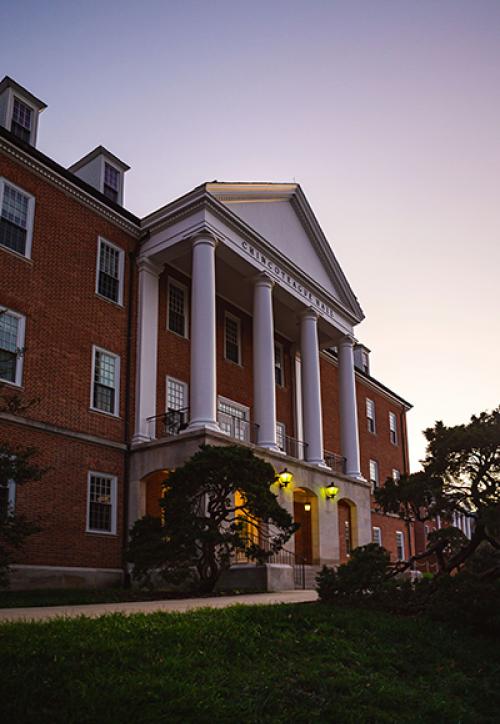Researchers Uncover Hidden Airport Hotspots in Global Wildlife Trafficking Using AI
New Nature study highlights predictive power of AI in identifying airports used as key nodes in illegal wildlife trade networks
A study published on May 23 in Nature Communications Earth & Environment reveals how AI and network science can help authorities and conservation organizations combat the illegal wildlife trade by identifying trafficking hubs—even at previously unflagged airports and before incidents are reported.
Researchers from the University of Southern California School of Advanced Computing and the University of Maryland, College Park, analyzed characteristics of almost 2,000 global airports.
Their model predicted 307 airports as potentially involved in illegal wildlife trading, despite no recorded seizures in the available data. Of those, 11 emerged as high-confidence “hidden hotspots”—including two U.S. airports, Dallas Fort Worth International and Denver International, that had not been previously flagged in global trafficking databases.
The predictive model used patterns in historical trafficking data and current insights about key airport features, such as an airport’s centrality within flight networks, to identify locations likely involved in the illegal trade. The incidence of flora-related crimes at an airport, along with the strength of local counter-trafficking or law enforcement resilience measures, also emerged as significant predictors.
This approach offers conservation organizations, federal agencies and other decision makers novel insight into global illegal wildlife trade patterns via airports. In addition to the U.S. airports, other hotspots were identified in China, Indonesia, Italy, Mexico, and the Philippines.
The paper, titled “Encoding and Decoding Illegal Wildlife Trade Networks Reveals Key Airport Characteristics and Undetected Hotspots,” was lead authored by Hannah Murray, a Ph.D. student in the Thomas Lord Department of Computer Science at USC, with co-authors USC Computer Science Associate Professor Bistra Dilkina, co-director of the USC Center for AI in Society, and Meredith Gore, a professor and research director in UMD's Department of Geographical Sciences.
“These findings can empower decision-makers to make more proactive choices on how to prevent wildlife trafficking, rather than the current reactive approaches,” said Murray, a student leader at the USC Center for AI in Society.
Published on Thu, Jun 5, 2025 - 8:36AM




